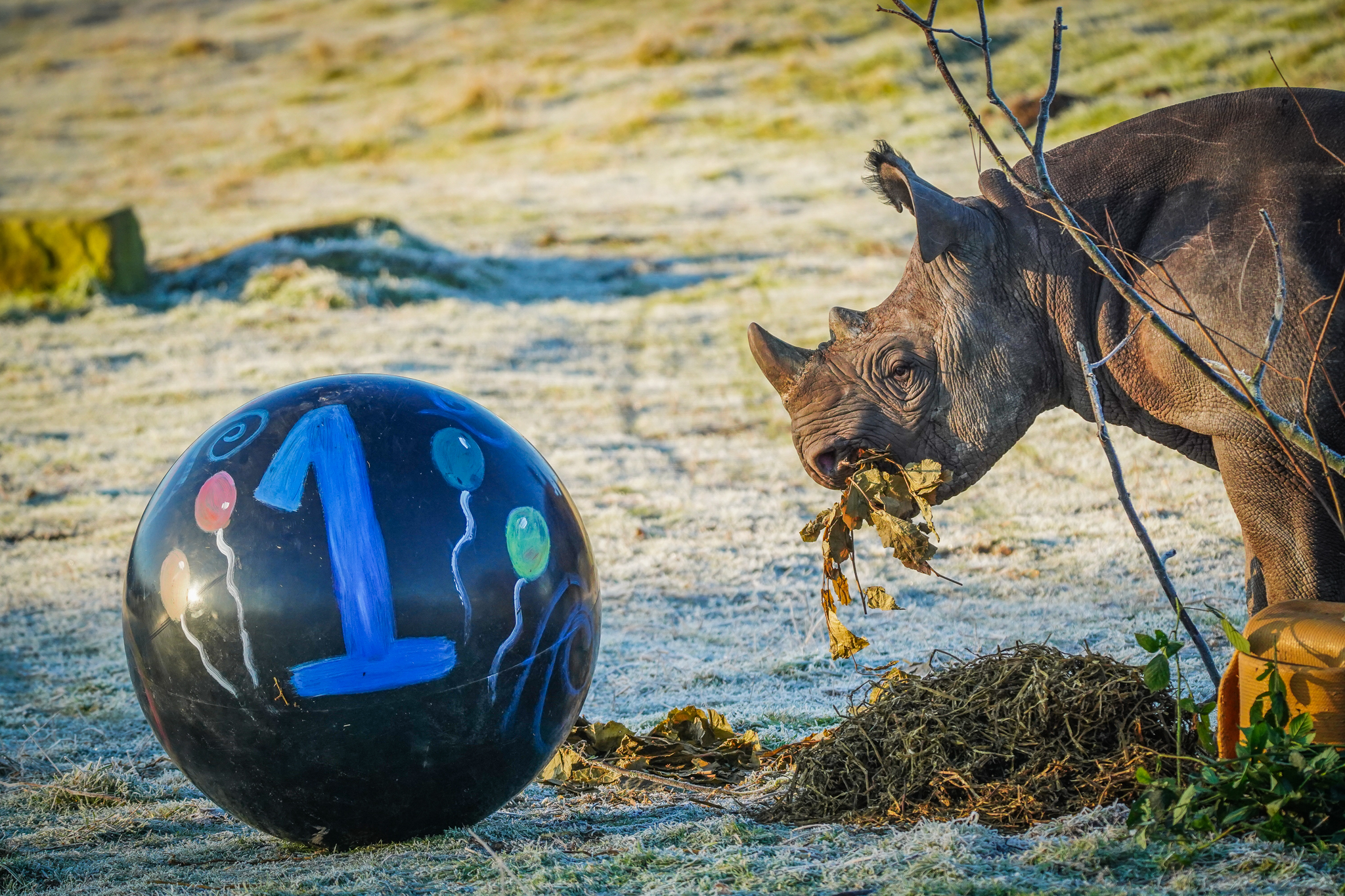Today is World Giraffe Day, a day which was originally established by the Giraffe Conservation Foundation (G.C.F.) to shine a spotlight on the global conservation needs and the amazing qualities of these majestic long-necked creatures.
At WildLife Foundation, we proudly support giraffes, which are sadly classed as venerable on the IUCN red list. In the past, we have supported charities such as Giraffe Conservation Foundation and Fauna and Flora International by providing them with funds that we’ve collected from donation stations at Yorkshire Wildlife Park.
With there now only being 117,000 giraffes remaining in the wild, it’s vital that we take immediate action in supporting their conservation. To help raise awareness of these amazing creatures, we’re sharing some of their most fascinating facts.
Distinct appearance
Giraffes are the tallest mammals in the world. Adult males can reach heights of up to 18 feet, while females can grow up to 14 feet. Their long necks alone can be about 6 feet long! Their coats are also distinctive, with no two giraffes having the same coat pattern. Each giraffe has a unique set of spots, much like human fingerprints, which help them camouflage in the wild.
Biggest threats
Like many of the animals we support, the biggest threat to giraffes is sadly humans. An increasing human demand for land for agriculture and industry has meant giraffe populations have become isolated, meaning a limit of the flow and exchange of genetic diversity between populations. Giraffes are also frequent victims of poaching, with many of them being hunted for their pelts as well as their meat.
Silent Communicators
Giraffes have a fascinating way of communicating that often goes unnoticed. While they are typically thought to be silent, giraffes actually use infrasound—sounds that are below the range of human hearing—to communicate with each other over long distances. These low-frequency vocalisations allow them to stay in touch with their herd members even when they are far apart.
Light sleepers
Giraffes have a unique approach to sleep. These majestic animals often sleep standing up, taking short naps that last only about 5 to 30 minutes at a time. Unlike many other mammals, giraffes only require around 30 minutes of sleep per day, which they take in brief intervals. This sleeping pattern helps them stay alert and avoid predators. Occasionally, they may lie down, but their unusual sleep habits ensure they are always ready to react swiftly to any threats in their environment.
Heart of a Champion
Giraffes possess one of the most powerful hearts in the animal kingdom. Weighing about 25 pounds, a giraffe’s heart is a robust organ that needs to generate twice the blood pressure of other large mammals. This extraordinary pressure is necessary to pump blood up their long necks to reach the brain. The walls of their arteries are thick and elastic, helping to manage this high blood pressure and prevent blood from rushing back down when they lower their heads to drink.
Help us to support giraffes
WildLife Foundation is committed to improving the welfare of giraffes. If you would like to support us in our mission to promote the conservation and welfare of giraffes in their natural habitat and in captivity click here to donate. We could not do what we do without your guys’ generosity! To keep up to date with our latest news updates, be sure to sign up for our newsletter and follow us on Facebook, X/ Twitter, and Instagram.











